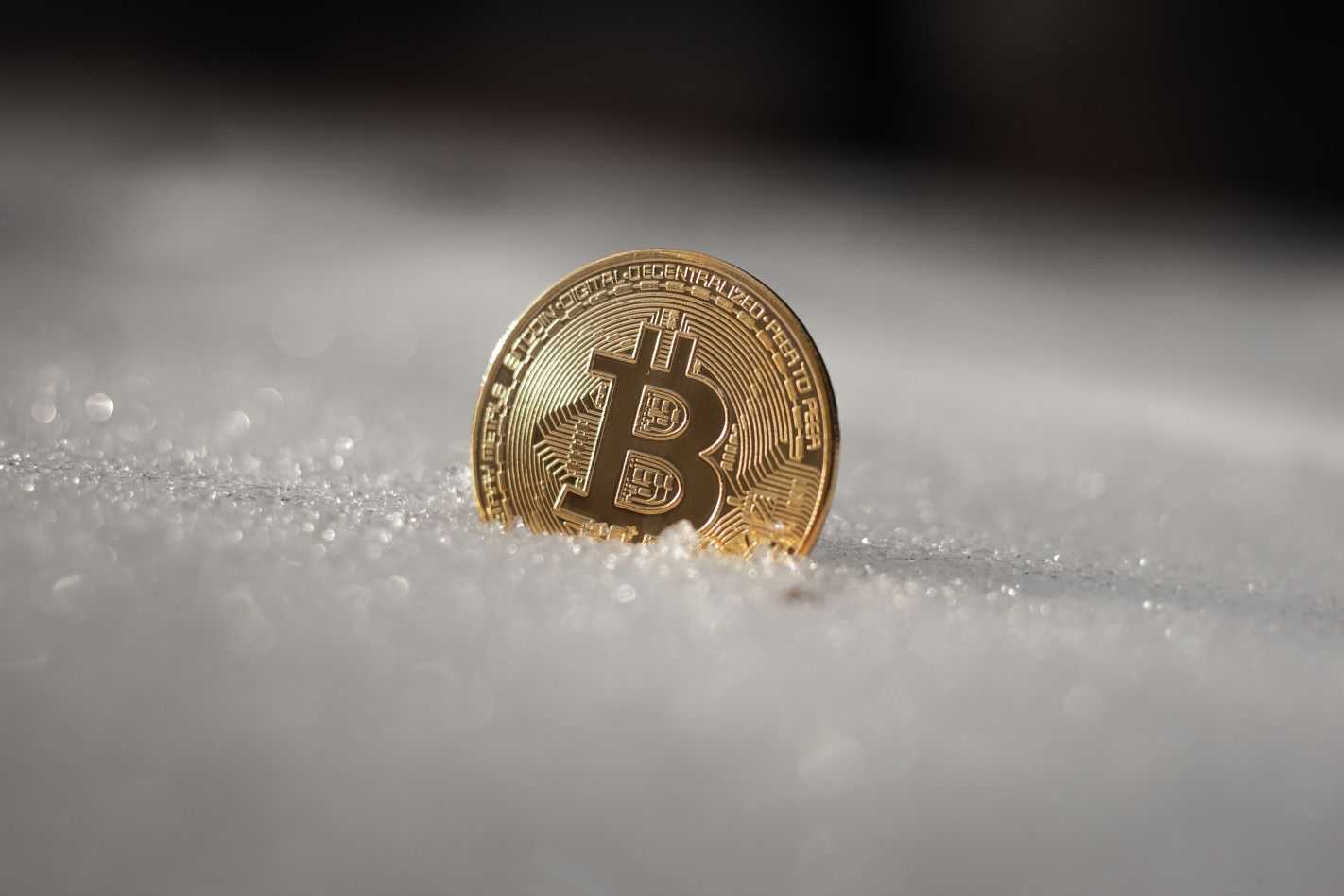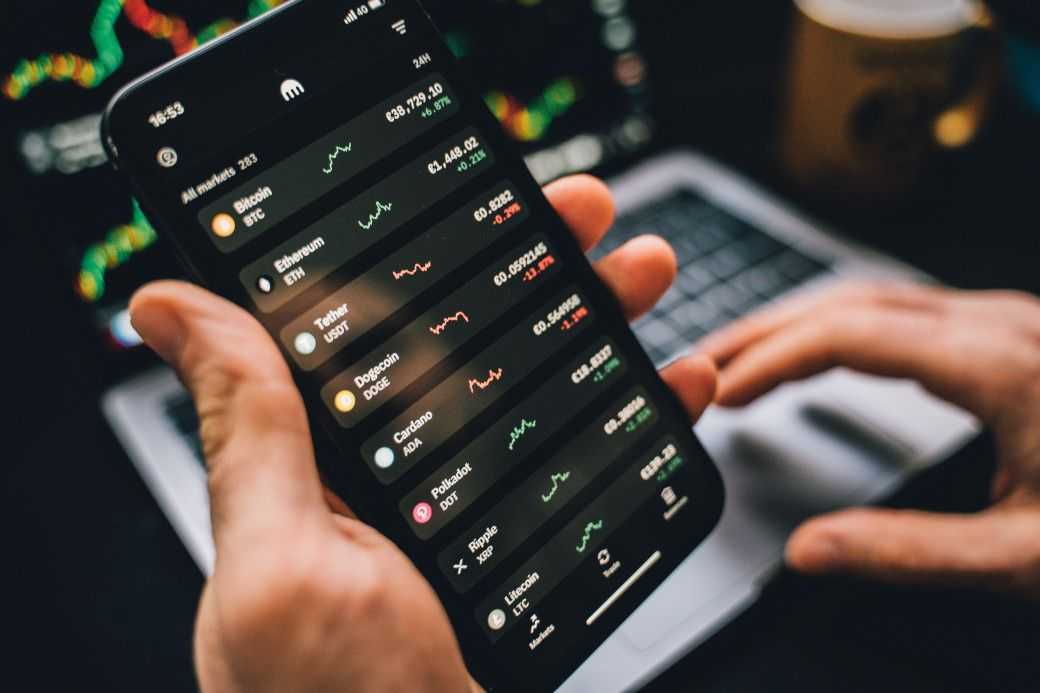Crypto Winter: A Buyer’s Market?

MORITZ PUTZHAMMER
29 June 2022 • 6 min read

Table of contents
If you are a fan of the popular HBO series “Game of Thrones,” then chances are you’re familiar with the phrase "Winter is coming," which means bad things are on their way.
But in the cryptosphere, winter is already here! In fact, you can’t scroll through your newsfeed for too long without coming across any one of the countless articles about the new crypto winter. In fact, judging by the headlines, it’s apocalyptic: “‘Crypto winter' descends as investors' hot streak turns brutally cold” (The Washington Times); “‘There’s So Much Fear’: Crypto Winter Descends on Traders” (Bloomberg); “‘There’s so much fear’: A crypto winter has arrived” (The Sydney Morning Herald); “Crypto winter freezes sports sponsorships for digital asset firms” (Cointelegraph); “Crypto investors’ hot streak ends as harsh ‘winter’ descends” (Los Angeles Times).
According to a blog post by crypto bros Tyler and Cameron Winklevoss, the CEO and president of Gemini, the crypto space is entering a lengthy contraction or downturn known as a crypto winter.

FUD, anyone?
Is the sky falling? Or is this an opportunity to identify and invest in new coins and take some profit in the long run? Countless investors are facing these very questions during the current crypto bear market. Although nobody can accurately predict the future, historical price action and data reveal that bullish runs follow a crypto winter.
Grab your parka, hat, scarf, and gloves and let's look at how investors can take advantage of the latest crypto winter.
What is a Crypto Winter?
According to Igor Zakharov, CEO of DBX Digital Ecosystem, the high inflation rates in the US and the growing concern of economic uncertainty due to the war in Ukraine set the wheels of crypto winter in motion.
The notorious volatility of cryptocurrency has been revealed by extreme highs, succeeded by major dips. A very basic definition of a crypto winter, then, is when crypto prices fall and stay low for an extended period of time.
Winters of Crypto Past
The first official crypto winter started in 2017 when cryptocurrency started gaining mainstream adoption. While some still had doubts about its future prospects, other investors had gone bullish on it, skyrocketing the price of Bitcoin from $900 to $20,000 within the span of a year, with significant price surges being experienced by many altcoins, too.
Many crypto millionaires emerged during this period, but the crypto winter was just around the corner. When those early crypto investors went short, the price of crypto went down drastically. Between late 2017 and February 2018, however, bitcoin crashed by roughly 80%, from its all-time high of $20,000 to about $3,236. Those who joined later with high expectations soon fell victim as the price came crashing down, erasing the dream of early retirement.
Many naysayers and crypto pessimists contributed to the panic during the prolonged bearish price action with their proclamations that crypto was dead. But the market proved them wrong! How many times has bitcoin died, only to be reborn from the ashes like an unstoppable crypto phoenix (and we’re not even bitcoin maximalists).

By 2020, after a very extended bearish market, the price of Bitcoin soared higher and higher. In December, its value was $28,768, breaking the previous all-time high. A year later, Bitcoin recorded a new all-time high of $68,670.
To many investors, the crypto winter of 2018 was the worst period of their lives. But to others who took advantage of that period and bought the dip, it was a blessing in disguise, as they earned an incredible ROI for their seemingly daft decision to buy in a bear market.
Crypto Winter 2022
With the gift of hindsight, we can look back and say that history might be repeating itself today. Cryptocurrency has plunged into a deep winter, as the mainstream media likes to remind us. Most coins continue to trade in the red. And we won’t even discuss Luna’s recent death spiral and spectacular collapse.
Sure, it hurts to watch your portfolio shrink, especially for those who entered the market during November’s highs back in 2021. And if history is any guide, then this crypto winter might take months, perhaps even years, to thaw. The two leading cryptocurrencies by market cap, Bitcoin and Ethereum, declined over 30% in value from their opening price this year. Also, major altcoins such as Cardano are having their own troubles.
Even Exchanges such as Coinbase and Gemini are suffering from frostbite. Gemini has laid off approximately 10% of its workforce. The founders attributed the downsizing to "turbulent market conditions that are likely to persist for some time." Coinbase has laid off 18% of its workforce. Crypto.com has laid off 5% of its corporate workforce.
Nothing is 100% certain in the crypto space. No one can precisely say how the current crypto winter will play out. But if you're investing in crypto for the long-term, then now looks like a good time to buy.
How to Profit from a Crypto Winter?
Today's bear market is an excellent time for people who previously felt they were priced out of the crypto market. You’ll get far more BTC at $20,000 per coin than you would have in November 2021 when BTC was around $70,000.
While many investors dread the prolonged icy period of a bearish market, it could be an opportunity for some other investors to expand their portfolios and earn ROI. Those who missed out on previous bullish runs and could not join in because of the high price can buy the dip anticipating the next bull run. If anything, many cryptocurrencies are incredibly undervalued at the moment.
If you want to leverage the ongoing crypto winter for the benefit of your portfolio, then it’s important to keep a few points in mind.
Allocate no more than 5% of your portfolio to crypto
Even though history tells us that a rally will always follow a bearish move, it wouldn't be financially wise to invest without a proper risk management strategy, which includes automated trading for greater efficiency, regularity, and objectivity.
In addition, investing 5% of your portfolio (at most) is a good way to guard yourself against significant losses should the market take an unexpected turn for the worse.
Doing so will protect you from the emotional trauma that comes with watching your assets lose their value if the winter should persist.
And always remember: Never risk what you can't afford to lose.
Evaluate success in the long-term
Buying in a selling market requires mental fortitude and emotional stability alone. It also requires a careful evaluation of success in the long run.
The value of the asset that you bought might decline in the short-term and lead to unrealized loss. But it’s only a loss if you decide to liquidate. Hang in there. HODL. Bitcoin has died 499 times already. Long live Bitcoin (and crypto).
The market will recover. The crypto winter will thaw (eventually).
Dollar-cost averaging
Dollar-cost averaging is a strategy for managing risk when investing. As an alternative to buying into any given asset all at once, using dollar-cost averaging allows you to break up your investments into smaller bits or intervals, i.e., you buy crypto at regular intervals instead of trying to time the market, which is a fool’s game.
To simplify, let's say you decided to invest 5% of your portfolio. Instead of investing all 5% at once, with a dollar-cost strategy you invest 1% at a regular interval. This strategy is most profitable in a down-trending market such as the current crypto winter.
Keep Calm and Carry On
Ultimately, if you decide to HODL your tokens and hibernate until the crypto winter is over, then you should use your time wisely. Check out things like the best books on crypto, the best crypto news websites, and the best crypto podcasts.
To many investors, the crypto winter of 2018 was the worst period of their lives. But to others who took advantage of that period and bought the dip, it was a golden opportunity, one that they were able to leverage for incredible ROI, and all for their seemingly daft decision to buy during a selling market.
If history is our guide (and it should be), the crypto winter is merely a correction in market price. What goes down will go up again. Winter always gives way to spring and eventually to summer.
With rock-bottom prices for some of the top cryptocurrencies, now is an opportune time to invest for those with nerves of steel and some cash or coin to spare.





